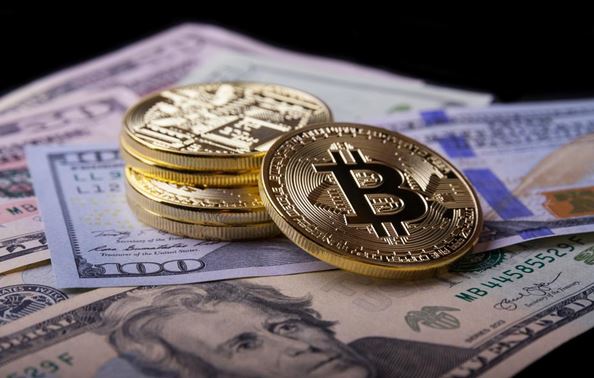“Fiat” means that someone in charge gave permission, a decree, or an order. The government of a country or territory issues a fiat currency. It can come in banknotes, coins, or digital money, backed by the country’s government that issued it.
The value and success of a currency depending on how much people trust it, how well the country’s economy is doing, and which government issued it. It doesn’t have any value on its own and isn’t backed by gold, silver, or any other store of value.

How do fiat currencies work?
Fiat money isn’t backed by anything tangible. Instead, it’s based on the faith of its owners and a government declaration. Paper money is a way to store the power to buy things and an alternative to bartering.
It lets people buy the things and services they need without having to trade one thing for another, as they had to do in barter trade.
The value of fiat money depends on how well a country’s economy is doing, how well the country is run, and how these things affect interest rates.
A fiat currency works well when people believe it can be used to store purchasing power. Also, it must be all backed by the full credit of the government that issues a decree and prints it as legal tender for financial transactions.
Pros of using fiat currencies
- Countries can respond more quickly to economic changes or when they are on the verge of a financial crisis because they don’t have to worry about not having enough physical goods (gold)
- The government can increase the amount of fiat money by just printing more banknotes. This helps the economy grow.
- More affordable than money based on goods
- Use all over the world, fit for international trade
The bad things about fiat currencies
- Since the government can easily print new banknotes, fiat currency suffers from inflation.
- The value is tied to the stability of the government. The worst thing that may happen is the value of the fiat currency could fall to zero.
- There needs to be more privacy because the government can quickly determine who spends the money, when, and for what.
- It’s crazy that banks limit how much money you can take out and spend each day. Even worse, you must pay a lot if you send money in another country.
What are the major fiat currencies I can trade?
One of the major traded currency pairs in the world is EUR/USD. The next pair is USD/JPY, GBP/USD, USD/CHF, AUD/USD, and USD/CAD.
So, the US dollar, the euro, the British pound, the Japanese yen, the Swiss franc, the Australian dollar, and the Canadian dollar are some of the most widely traded fiat currencies.

Bottom line
People think that fiat money is more stable and can help protect against recessions, but the global financial crisis shows this is untrue. Even though the Federal Reserve controls how much money is in circulation, it could not stop the crisis.
Critics of fiat money say that gold is a more stable currency than fiat money because there are only so many ounces.


